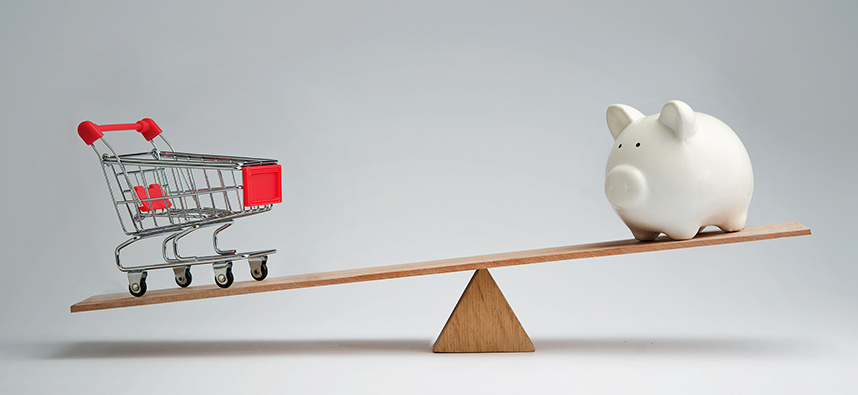
Inflation is Here

Earlier this year we wrote in this space that if you visit the grocery store and discover food prices seem to be rising, contact a Republic Monetary Exchange professional right away and take steps to protect yourself with gold and silver.
Because the value of the dollar is going down.
Now the news is coming in thick and fast. Here is a CNBC story (4/27):
February home prices see the biggest gain in 15 years, S&P Case-Shiller says.
Nationally, prices in February rose 12% year over year, up from 11.2% in January, according to the S&P CoreLogic Case-Shiller home price index….
The 10-city composite rose 11.7% annually, up from 10.9% in January.
The prices in the housing index are two months behind, but report prices still rising even as interest rates trended higher.
The housing component of consumer prices shows just how far from reality the official Consumer Price Index numbers may be. The Bureau of Labor Statistics does not count home prices in the CPI. It maintains that if one owns a home, it represents a capital good and not a consumption item. But since shelter is a consumption item, it must include shelter in some form. So, it has cooked up something it calls “Owner Equivalent Rent” instead. The BLS asks homeowners how much they think someone would pay to rent their home unfurnished and without utilities.
How homeowners are supposed to know, it does not say. It is using unfounded speculation and opinion from laymen to determine a major component of the CPI. It is all very fanciful and reveals part of the reason why the government’s inflation numbers do not seem to match what people actually encounter. When it reported a 0.6 percent increase in consumer prices in March, the biggest monthly jump in more than nine years, it may have seriously understated real-life conditions. Wolf Richter says using the Case-Shiller home price number would generate a year-over-year CPI not of the reported 2.6 percent, but of more than 5 percent.
However, it is in the government’s interest to keep the CPI numbers low. Higher numbers reflect badly on the political classes and are used to index Social Security Cost of Living Increases (COLA) and other costly benefits.
Enter Economist John Williams. His consulting service and website ShadowStats offers an alternative to government inflation statistics. He writes, “the ShadowStats Alternate CPI-U estimate restates current headline inflation so as to reverse the government’s inflation-reducing gimmicks of the last four decades, which were designed specifically to reduce/ understate COLAs.” The ShadowStats alternate calculation finds that the year-over-year inflation rate in March was up a hair-raising 10.4 percent as compared to the 2.6 percent official BLS report.
Meanwhile, here is a Bloomberg News story from just a few days ago (4/23):
The Grocery Price Shock is Coming to a Store Near You!
This week, the Bloomberg agricultural spot index – which tracks key farm products – surged the most in almost nine years driven by a rally in crop futures….
Overall, global food costs have surged for 10 straight months, the longest rally in more than a decade…
When people notice they are being victimized by inflation, gold and silver prices begin to move higher, sometimes quite suddenly and dramatically. So let us repeat our recommendation from earlier this year:
If you visit the grocery store and discover food prices seem to be rising, contact a Republic Monetary Exchange professional right away and take steps to protect yourself with gold and silver.
